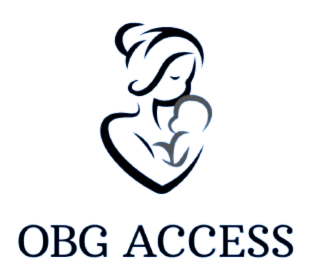Overview
In 2006, Dr. Rajiv Varma, an obstetrician with over 40 years of experience, invented a new innovative medical device to improve the safety of childbirth – Fetal Pillow. The circumstances that inspired him to develop a solution to an important clinical problem, were unfortunately tragic in nature.
In his hospital at that time, a baby did not survive a delivery after a second stage cesarean section. The baby’s head had become stuck in the maternal pelvis. The force and manipulation required to deliver the fetal head led to skull fractures.
He had to inform the parents that the baby could not be delivered safely, despite there being no complications or risks during pregnancy. It was a relatively uncommon but often complicated clinical scenario where the baby could not be delivered naturally and by the time the c section was performed, it had become very difficult to elevate the head out of the pelvis. Manual techniques have been used historically but Dr. Varma was inspired to find a better way.

Fetal Pillow was launched into the UK market in 2011 and the business expanded internationally over the next 10 years. There were several important milestones in the company’s history related to regulatory approvals, clinical publications, and expansion into new territories.
In 2015, Nishant Varma joined his father in the business. His role spanned across sales, marketing, finance, operations, and international expansion. His career prior to this started in investment banking as an Equity Analyst (financial modelling, company valuations, writing research and analysing corporate strategy).
When the product was cleared by the FDA in 2017, he began building the business in the US. He sold directly into New York and built a large network of key physicians, opinion leaders, hospital systems and users throughout the country.
In March 2021 the company was acquired by a global leader in women’s health, CooperSurgical Inc.
History
Fetal Pillow took many years of design, development, mechanical and clinical testing before it could be used in real clinical settings. Following European regulatory approval, the device was initially launched into the UK market in 2011. Over the following years, Fetal Pillow expanded into several other countries and eventually a major milestone in the company’s history was achieved – FDA clearance in 2017 and the device was launched into the US market in 2018.
Some of the major milestones over the company’s history include:
- 2011 – first device sold into the UK market
- 2013 – winner at the Building Better Healthcare Awards
- 2014 – Australian subsidiary opened due to ANZ demand
- 2015 – US patent granted
- 2016 – First Randomized Controlled Trial (RCT) published
- 2017 – FDA clearance for Fetal Pillow granted
- 2018 – Fetal Pillow launched into the US market
- 2019 – 10,000 units sold that year
- 2020 – US RCT published (Brigham & Women’s Hospital)
- 2020 – Editorial published in OBG Management – Fetal Pillow
- 2021 – Fetal Pillow acquired by CooperSurgical Inc
- 2022 – One-year earn-out as part of deal structure.
Outcome
We were able to take a device from concept to commercialisation, expand operations globally, and achieve a successful exit.
Most importantly, we were able to bring an important innovation to many mothers and their babies to reduce risk and improve the safety of childbirth globally.
To hear more about the journey from concept to commercialisation, listen below to the Hands On Business podcast episode where Nishant discusses his five most important tips for successfully globalising a medical device.

